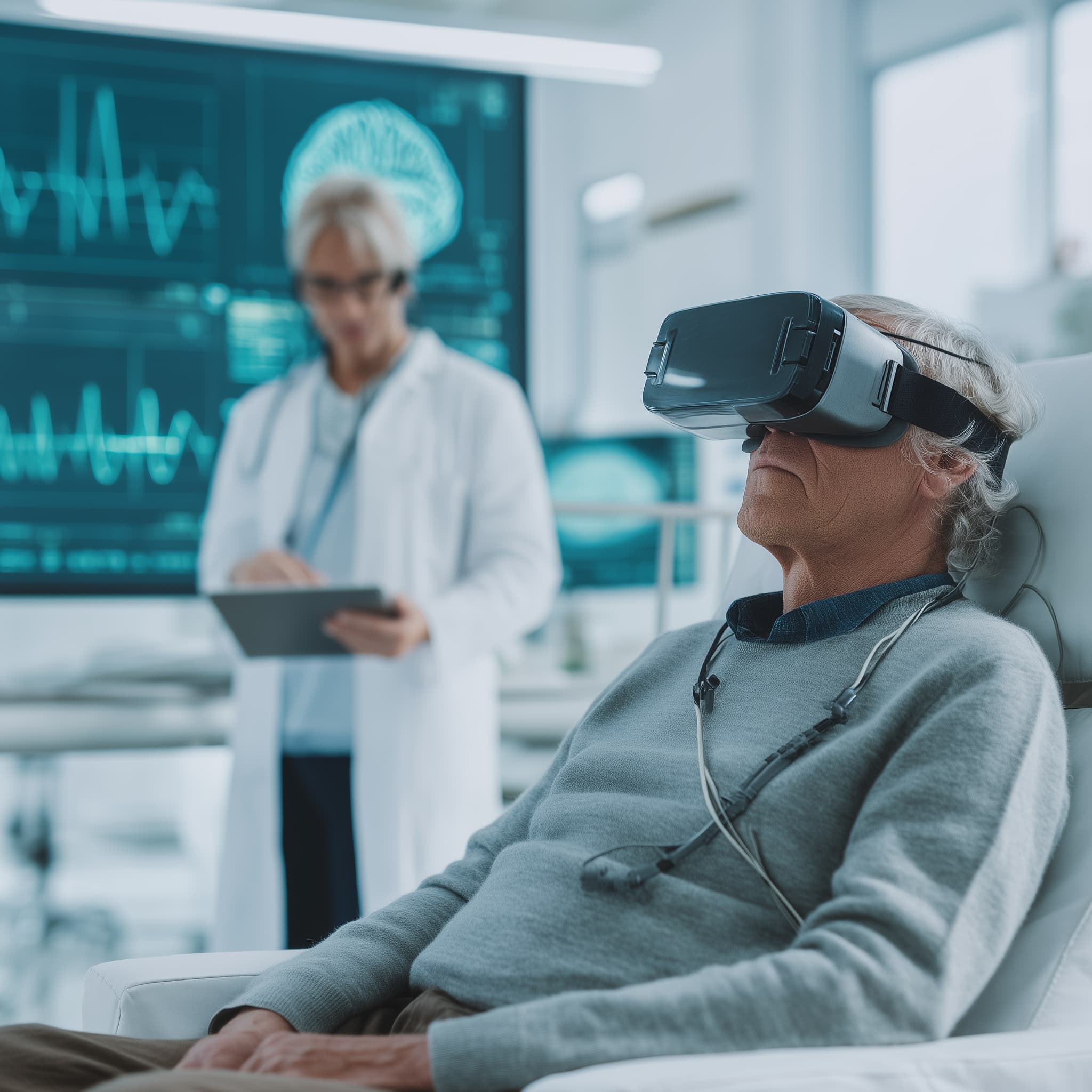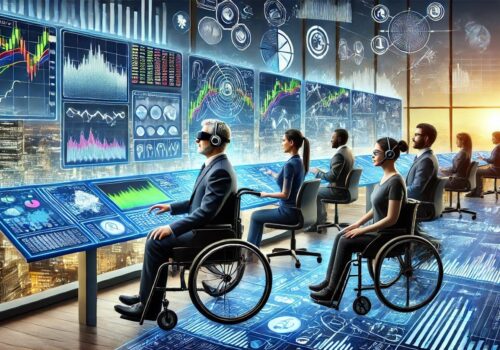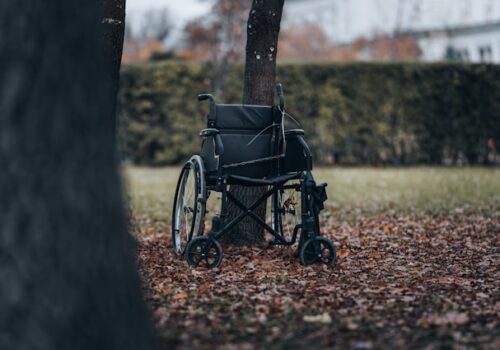Virtual Reality for Rehabilitation: New Approaches to Training and Functional Recovery
In recent years, virtual reality (VR) has transitioned from a niche entertainment technology into a powerful tool for healthcare innovation. One of its most promising applications lies in the field of rehabilitation. By creating immersive, interactive environments, VR is revolutionizing how patients recover from injuries, strokes, neurological conditions, and surgeries. As traditional rehabilitation methods evolve, VR offers new pathways for training, motivation, and functional recovery.
This article explores the latest advancements in VR-based rehabilitation and how they are reshaping the future of therapeutic care.
The Science Behind VR in Rehabilitation
Traditional rehabilitation often involves repetitive physical exercises, which can become monotonous and discourage patient compliance. VR changes the dynamic by transforming therapeutic exercises into engaging and meaningful experiences.
At its core, VR rehabilitation uses a combination of visual, auditory, and sometimes haptic feedback to simulate real-world activities or entirely new environments. By doing so, it activates the brain’s neuroplasticity — the ability of the brain to rewire itself — which is crucial for recovery after injuries or neurological events.
VR systems track patients’ movements in real-time, allowing therapists to adjust exercises instantly and provide personalized feedback. This interactivity increases motivation, improves performance, and often leads to better outcomes compared to conventional therapy.
Applications Across Different Medical Conditions
VR-based rehabilitation is being used in a wide variety of clinical scenarios:
Stroke Recovery
After a stroke, patients often struggle with motor impairments, especially in their arms and hands. VR programs allow stroke survivors to practice targeted movements in a playful environment, such as catching virtual objects or painting murals. Studies have shown that VR therapy can significantly improve upper limb function and fine motor skills when compared to traditional exercises alone.
Orthopedic Rehabilitation
For individuals recovering from orthopedic surgeries, like knee or hip replacements, VR offers controlled environments for balance training, gait correction, and strength exercises. Virtual obstacle courses or balance games make rehabilitation less tedious and more goal-oriented.
Neurological Disorders
Patients with Parkinson’s disease, multiple sclerosis, or cerebral palsy benefit from VR by working on coordination, flexibility, and cognitive-motor integration. VR can simulate everyday activities like walking in a busy street or shopping in a grocery store, helping patients practice essential life skills safely.
Pain Management
Virtual reality is increasingly used for pain distraction during rehabilitation sessions. Immersive environments can reduce patients’ perception of pain, making it easier for them to engage fully in physical therapy.
Innovative Approaches in VR Rehabilitation
The field of VR rehabilitation continues to innovate at an astonishing pace. Some of the newest approaches include:
Adaptive VR Systems
Advanced VR systems use machine learning algorithms to adapt the difficulty and type of exercise based on the user’s real-time performance. For instance, if a patient is struggling with a task, the system can automatically simplify it; if they are excelling, it can introduce more challenges. This personalization keeps patients in the “optimal challenge zone” — not too hard to be frustrating, not too easy to be boring.
Tele-rehabilitation
With the rise of telehealth, VR rehabilitation programs are increasingly being designed for home use. Patients can wear a VR headset, log into a therapy session from home, and receive guidance and monitoring from their therapist remotely. This model increases accessibility, especially for people in rural or underserved areas.
Gamification and Reward Systems
VR developers are incorporating elements of gamification — such as scoring, levels, and rewards — to maintain patient engagement. Friendly competition, even against oneself, fosters higher motivation and more consistent therapy participation.
Multi-sensory Integration
Next-generation VR rehabilitation tools are integrating not only visual and auditory feedback but also tactile (haptic) and even olfactory (smell) inputs. For example, patients might feel vibrations simulating the sensation of walking on different surfaces or smell scents related to the virtual environment. These multi-sensory experiences help create more realistic simulations, enhancing training effectiveness.
Benefits of VR Rehabilitation
The adoption of VR in rehabilitation offers numerous advantages:
- Enhanced Motivation: Engaging virtual environments encourage patients to push themselves harder and attend therapy more consistently.
- Objective Progress Tracking: VR systems collect data on movement accuracy, reaction time, endurance, and other metrics, providing therapists with quantitative insights into a patient’s progress.
- Customization: Therapists can tailor VR programs to individual patient needs, creating highly personalized rehabilitation pathways.
- Increased Accessibility: Portable and relatively affordable VR systems make it easier for clinics and patients alike to access high-quality therapy.
- Faster Recovery: Multiple studies have reported that patients undergoing VR-assisted rehabilitation achieve functional milestones quicker than those relying solely on traditional methods.
Challenges and Future Directions
While VR rehabilitation is promising, there are still challenges to address:
- Cost: High-quality VR equipment can be expensive, though prices are steadily decreasing.
- Technical Barriers: Some users, especially elderly patients, may require time and training to feel comfortable using VR systems.
- Clinical Validation: Although many studies show positive results, large-scale, long-term clinical trials are still needed to validate the effectiveness of VR across all patient populations.
Looking forward, the integration of VR with technologies like brain-computer interfaces (BCIs), artificial intelligence, and robotics could further expand its capabilities. Imagine a rehabilitation system that reads neural signals directly and adjusts exercises based on mental effort, not just physical performance.
Conclusion
Virtual reality is reshaping the landscape of rehabilitation therapy. By making training immersive, engaging, and personalized, VR empowers patients to achieve better functional outcomes and regain independence faster. As technology continues to evolve, VR will likely become a standard component of rehabilitation programs worldwide, offering hope and renewed possibilities to millions seeking recovery.
From stroke survivors to those battling chronic conditions, VR provides a bridge — a way back to mobility, confidence, and a better quality of life.



